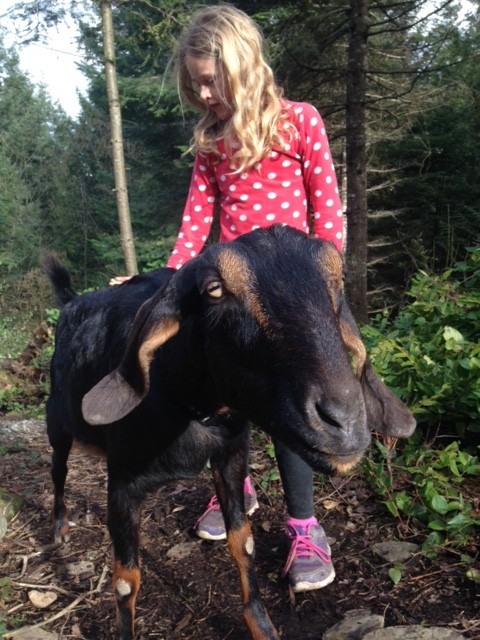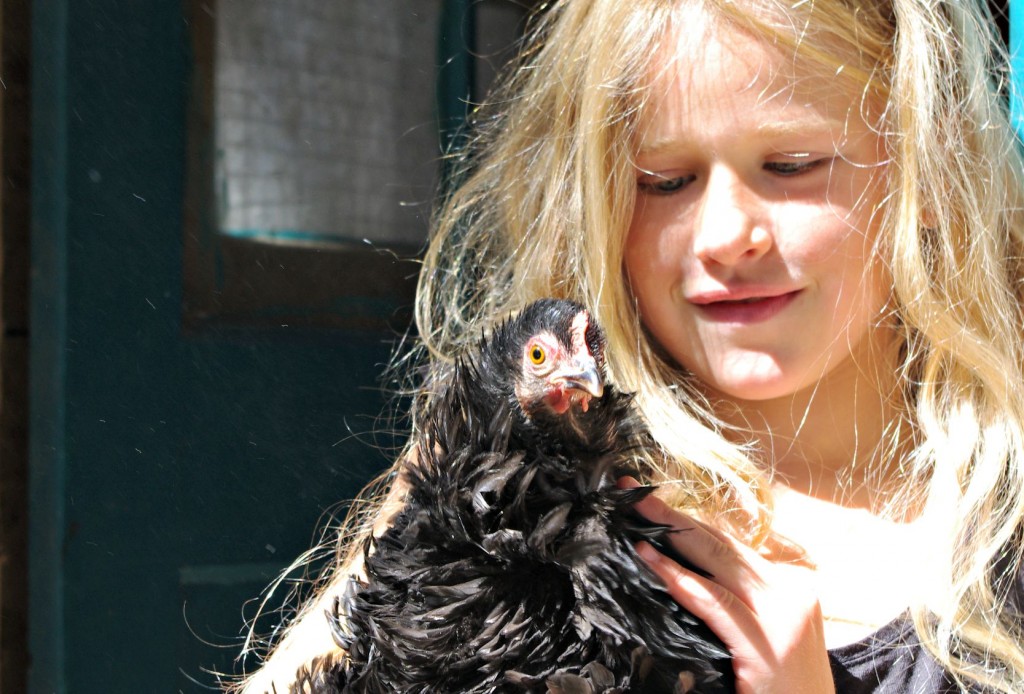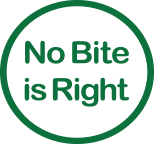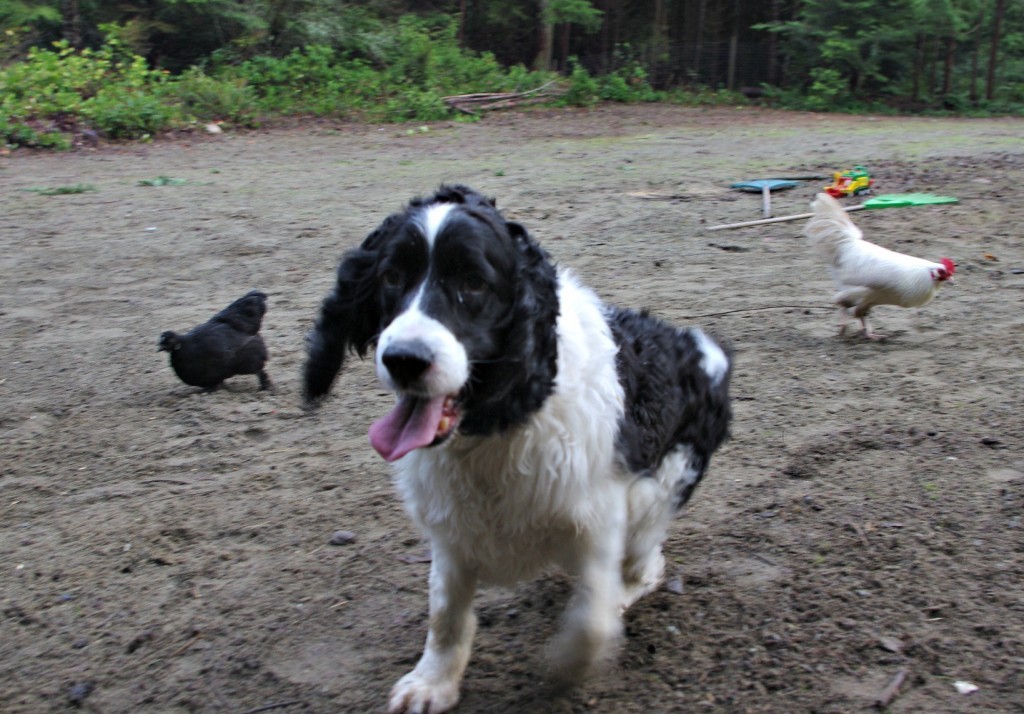We have more than our share of animal husbandry on our little farm; from chickens to goats, bunnies to dogs and everyday a new issue pops up that needs problem solving.
Just recently one of our goats ate a rhododendron plant, which is really not a good idea if you are a goat, because she was so sick, vomiting all night poor silly thing. She made it through and is fit as a fiddle again but we had to up the security around the garden to make sure she doesn’t get in there again.
Caring for animals is a fulltime job, and keeping them safe and healthy is our number one priority. Regular maintenance for all our furry and feathered friends is a healthy habit, just like brushing our teeth daily maintains good oral health, we dust our chickens for mites and take the dogs in for their yearly shots and vet checks.
With the arrival of spring and some much needed warm temperatures all the eggs are hatching, and not just chicken eggs!
This time of year the fleas and ticks are out in full force, and continue well into the fall. Our dogs spend hours each day running through the forest, which is abundant in ticks just waiting for a yummy meal to run by so they can hitch a ride. Part of our maintenance for our dogs is keeping them flea and tick free, and having such outdoor dogs this is something we take very seriously. Flea and tick bites do more than just make a dog itchy, the bites spread other diseases such as lyme disease, tapeworms and Bartonella strains, which are bacterial parasites that are transmitted through flea or tick bites.
Our line of defence against these diseases is to regularly treat our dogs with flea and tick products which don’t just kill the fleas and ticks after they bite, but kills them before they can bite. This has it’s advantages as it prevents the fleas and ticks from spreading those diseases and keeps our dogs happy and healthy all spring and summer.
This type of flea and tick prevention is called non-systemic, in that it doesn’t enter the dog’s bloodstream, it coats the skin and when the fleas and ticks land they become uncoordinated and die before they have a chance to take a bite. The orally ingested prevention methods require the fleas and ticks to bite and keep feeding until they have ingested enough of the poison in the bloodstream.
With the rise in pet health awareness, pet owners are seeking ways to maintain happy and healthy pets, in fact Canadian pet owners say their number one priority is avoiding the bite, and 79% worry about diseases spread through bites. Right now you can enter to win an appearance by Crusoe the Celebrity Dachshund at your vet’s clinic! Follow the #NoBiteIsRight tour at www.NoBiteIsRight.com to learn more and participate.
TO ENTER
Tweet #NoBiteIsRight, your vet’s city, the name of your vet’s clinic, and tag @Celeb_Dachshund between April 18-May 6. Each tweet is one vote with a limit of one vote per person per day. For an extra vote, tag a friend!
We discussed the options with our vet, as you should do too, and chose a non-systemic flea and tick prevention for our dogs because preventing a bite is a lot easier than dealing with a costly and potentially deadly disease. Find out how real and tick control can help your pet, and follow the #nobiteisright tour at www.NoBiteIsRight.com to learn more about your pets health.
This is a sponsored conversation written by me on behalf of Bayer, Inc. The opinions and text are all mine.






